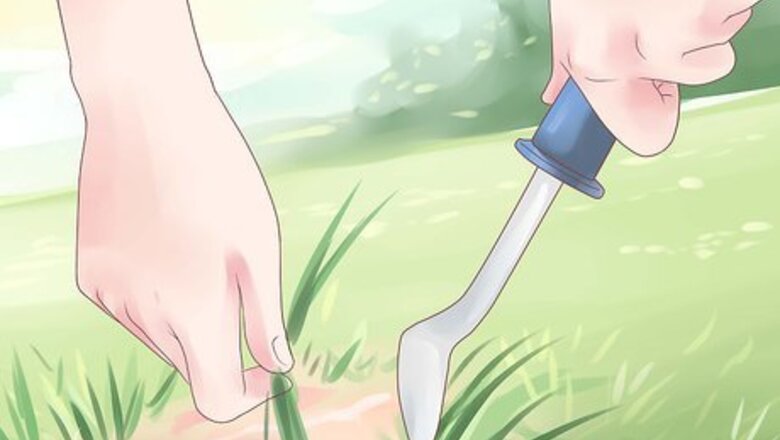
views
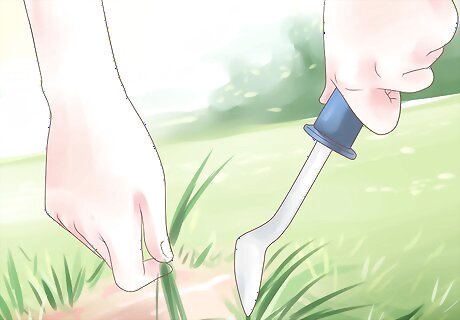
Hand pick the crabgrass as it grows. Use a hoe or picking tool to assist. Aim to do this prior to the seeds appearing; once the seeds appear, it will spread rapidly. It is a good idea to get into the habit of walking around after the weekly watering to check for crabgrass and pull it out while the soil is still moist. Dispose of the weed in the bin or burn it rather than composting. This will avoid spread of any seeds. Just do your best to handle it periodically, so it doesn't get out of hand. If you let it go for months upon months, you will feel overwhelmed when it comes time to do maintenance.
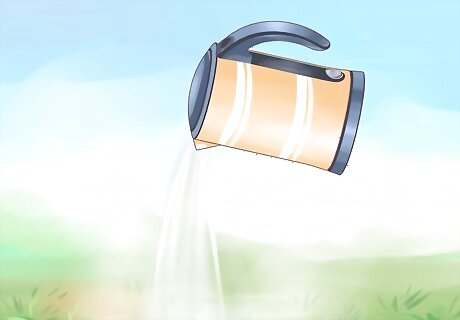
Pour boiling water directly on the crabgrass plant. This requires a deft hand, however, because if you water any of the grass you want to keep, it will also die.
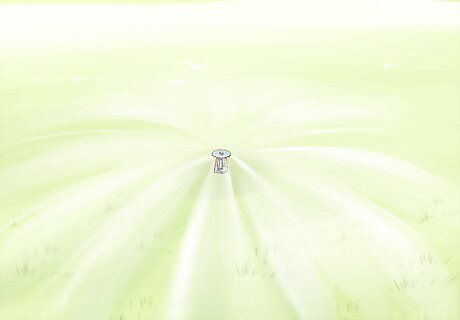
Keep the lawn well watered. Water deeply and not too frequently. A lawn without adequate watering is weaker and the drier environment lets crabgrass take over. Water once a week and allow the lawn to soak up 2.5 cm / 1 inch of water. The best time to water is early morning. If you have sprinklers, make sure they are watering your lawn evenly. Try setting up cups all around your lawn before running the sprinklers to check this.
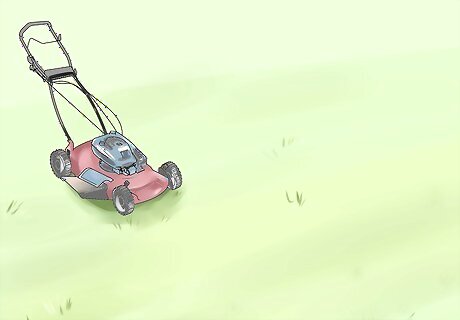
Keep the lawn mowed above 6.5 - 7.5 cm / 2.5 - 3 inches. Higher lawns let in less sunlight, removing the optimal growing conditions for an annual grass such as crabgrass. Never cut more than a third of a grass plant at a time.

Ensure that the lawn is well fertilized. Fertilize regularly. The best way is to use a slow-release, granular fertilizer. Alternately, consider using a top dressing of organic material such as compost, kelp, bone, or blood meal.
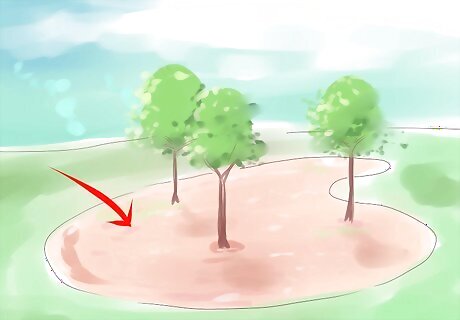
Mulch the lawn after removal of crabgrass. This is especially important to fill any gaps left from pulling out the crabgrass. Leave grass clippings on the lawn post mowing. This returns nutrients to the soil, saves you picking them up and you can reduce the use of fertilizer by 30 percent. Mulching helps ensure that crabgrass roots cannot take hold again.
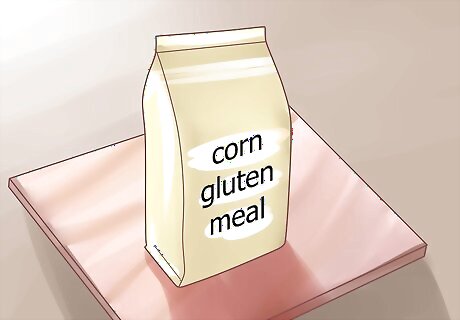
Consider using corn gluten meal. This will interfere with the development of the root system of crabgrass. It should be sown during the early months of spring and the lawn should be allowed to dry out between weekly waterings for this to work successfully (crabgrass is shallow rooted and needs water to keep its hold).












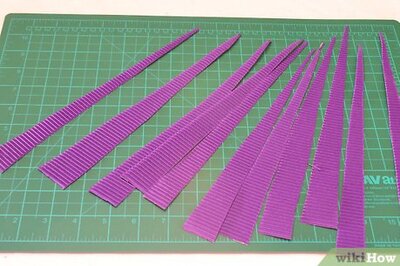

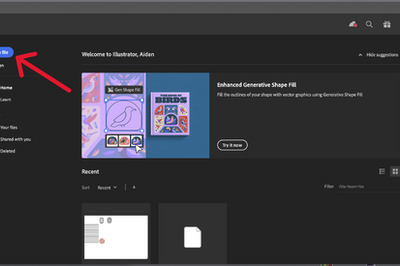
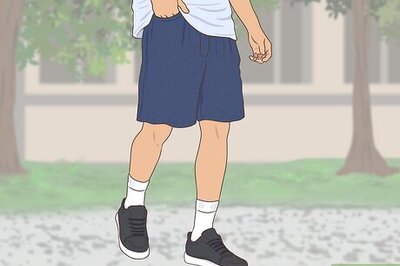
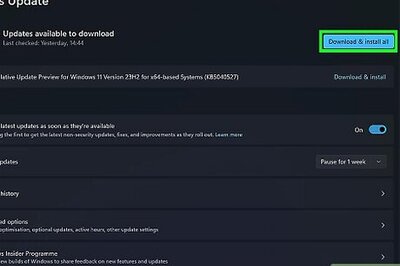
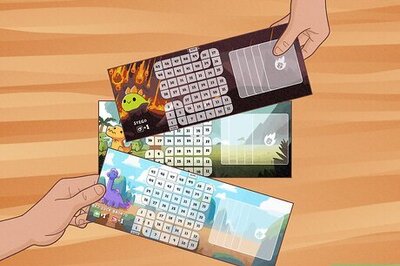

Comments
0 comment